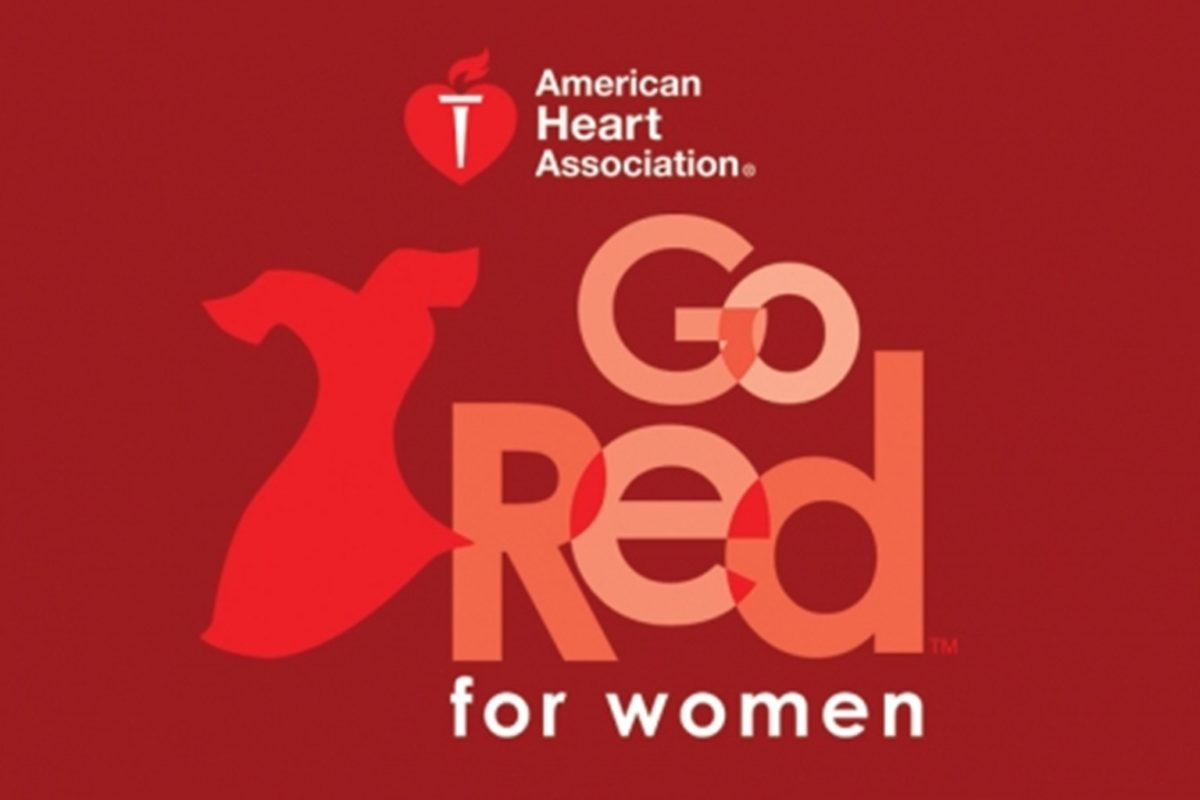Heart Disease Awareness
1/2 of all African-American women have Heart Disease

STATISTICS ABOUT BLACK WOMEN AND HEART ATTACKS
1. Cardiovascular diseases kill nearly 50,000 African-American women annually.
2. Of African-American women ages 20 and older, 49 percent have heart diseases.
3. Only 1 in 5 African-American women believes she is personally at risk.
4. Only 52 percent of African-American women are aware of the signs and symptoms of a heart attack.
5. Only 1 in 3 African-American women know that heart disease is their greatest health risk.

Symptoms for Men may be different


What about Strokes


Heart Disease: It Can Happen at Any Age
Heart disease doesn’t happen just to older adults. It is happening to younger adults more and more often. This is partly because the conditions that lead to heart disease are happening at younger ages.
February is American Heart Month, the perfect time to learn about your risk for heart disease and the steps you need to take now to help your heart.
Heart disease—and the conditions that lead to it—can happen at any age.
High rates of obesity and high blood pressure among younger people (ages 35–64) are putting them at risk for heart disease earlier in life.
Nearly half of all Americans have at least one of the top three risk factors for heart disease: high blood pressure, high cholesterol, and smoking.1,2
Three generations of male family members in the kitchen.
Learn about your risk for heart disease and the steps you need to take now to help your heart.
You Could Be at Risk
Many of the conditions and behaviors that put people at risk for heart disease are appearing at younger ages:
High blood pressure. Millions of Americans of all ages have high blood pressure, including millions of people in their 40s and 50s. About half of people with high blood pressure don’t have it under control. Having uncontrolled high blood pressure is one of the biggest risks for heart disease and other harmful conditions, such as stroke.
High cholesterol. High cholesterol can increase the risk for heart disease. Having diabetes and/or obesity, smoking, eating unhealthy foods, and not getting enough physical activity can all contribute to unhealthy cholesterol levels.
Smoking. More than 35 million U.S. adults are current smokers, and thousands of young people start smoking each day.3,4 Smoking damages the blood vessels and can cause heart disease.
On average, U.S. adults have hearts that are 7 years older than they should be. Watch this video to learn about “heart age.”
Other conditions and behaviors that affect your risk for heart disease include:
Obesity. Carrying extra weight puts stress on the heart. More than 1 in 3 Americans—and nearly 1 in 6 children and adolescents ages 2 to 19—have obesity.5
Diabetes causes sugar to build up in the blood. This can damage blood vessels and nerves that help control the heart muscle. More than 1 in 10 people in the United States have diabetes.6
Physical inactivity. Staying physically active helps keep the heart and blood vessels healthy. Only 1 in 4 adults meet the physical activity guidelines of getting 150 minutes of moderate-intensity activity per week.7
Unhealthy eating patterns. Most Americans, including children, eat too much sodium (salt), which increases blood pressure.8 Replacing foods high in sodium with fresh fruits and vegetables can help lower blood pressure. Only about 1 in 10 adults get enough fruits and vegetables each day.9,10 A diet high in trans-fat, saturated fat, and added sugar increases the risk factor for heart disease.
4 Ways to Take Control of Your Heart Health
You’re in the driver’s seat when it comes to your heart. Learn how to be heart-healthy at any age.
Don’t smoke. Smoking is the leading cause of preventable death in the United States. If you don’t smoke, don’t start. If you do smoke, learn how to quit.
Manage conditions. Work with your health care team to manage conditions such as high blood pressure and high cholesterol. This includes taking any medicines you have been prescribed. Learn more about preventing and managing high blood pressure and high cholesterol.
Make heart-healthy eating changes. Eat food low in trans-fat, saturated fat, added sugar, and sodium. Try to fill at least half your plate with vegetables and fruits, and aim for low sodium options. Learn more about how to reduce sodium.
Stay active. Get moving for at least 150 minutes per week.11 You can even break up the exercise into 10-minute blocks for a total of 30 minutes in a day. Learn more about how to get enough physical activity.
